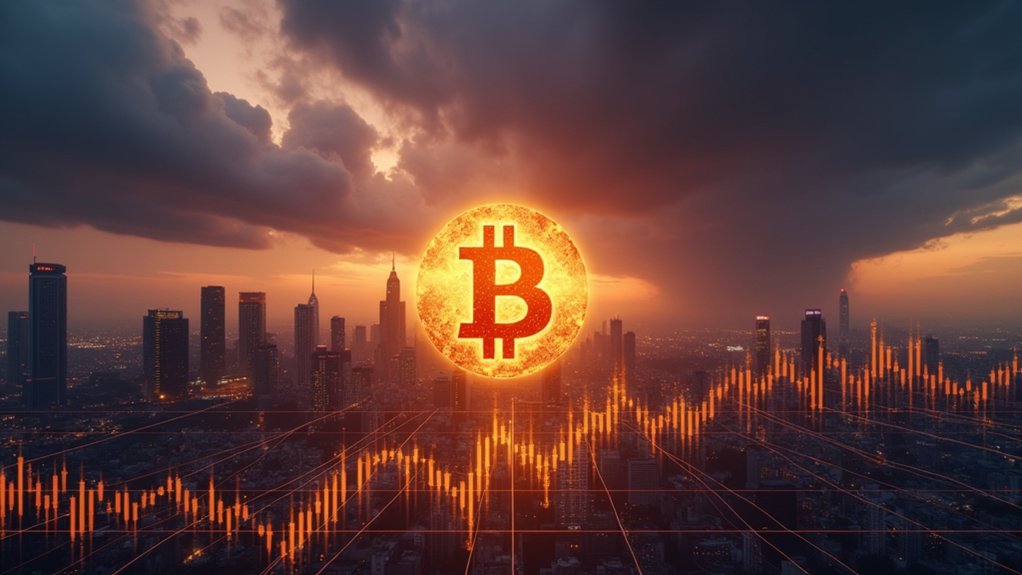Although Bitcoin has long been hailed as the unassailable titan of cryptocurrency, its precipitous plunge below the $100,000 threshold—an ominous first since late May—exposes a brittle market more susceptible to geopolitical tremors and technical resistance than its proponents care to admit; this breach not only shatters investor complacency but also drags Ethereum and XRP into the abyss, revealing a contagion effect that underscores the fragility of crypto’s supposed resilience amid escalating global tensions and mounting bearish momentum. The rapid 4% plunge within 24 hours reflects not merely a momentary hiccup but a systemic vulnerability exacerbated by drying market liquidity, which evaporates just as swiftly when uncertainty spikes, leaving traders scrambling and amplifying volatility. Beneath this turmoil lies an uncomfortable truth: regulatory concerns, quietly simmering on the periphery, have begun to infiltrate market psychology, constraining capital flow and undermining confidence, yet industry evangelists persist in downplaying these sobering realities as mere bureaucratic noise. Recent technical analysis confirms that Bitcoin is trading below all major EMAs, forming a bearish cluster that signals potential further downside. Notably, Bitcoin’s RSI on the 4-hour chart has dropped to 32, indicating oversold conditions that might invite bargain hunters seeking entry points. This ongoing volatility reflects the inherent price fluctuations that characterize cryptocurrency markets.
Bitcoin’s repeated failure to vault above the $106,000 resistance zone, combined with its entrapment below critical exponential moving averages, signals a bearish cluster that technical analysts cannot ignore, while the dwindling liquidity above these levels cruelly mocks bullish aspirations. This technical standoff, paired with geopolitical shocks—exemplified by Iran’s Strait of Hormuz maneuver—reveals a market far less insulated than the rhetoric suggests, where each tremor reverberates across altcoins like Ethereum and XRP, whose valuations contract in lockstep, exposing the interconnected fragility of the crypto ecosystem. The collective market capitulation, driven by evaporating liquidity and shadowed by looming regulatory scrutiny, lays bare the illusion of crypto’s invulnerability, demanding a recalibration of expectations and a sober acknowledgment that the era of unchecked ascendancy has met a formidable and unforgiving adversary.









